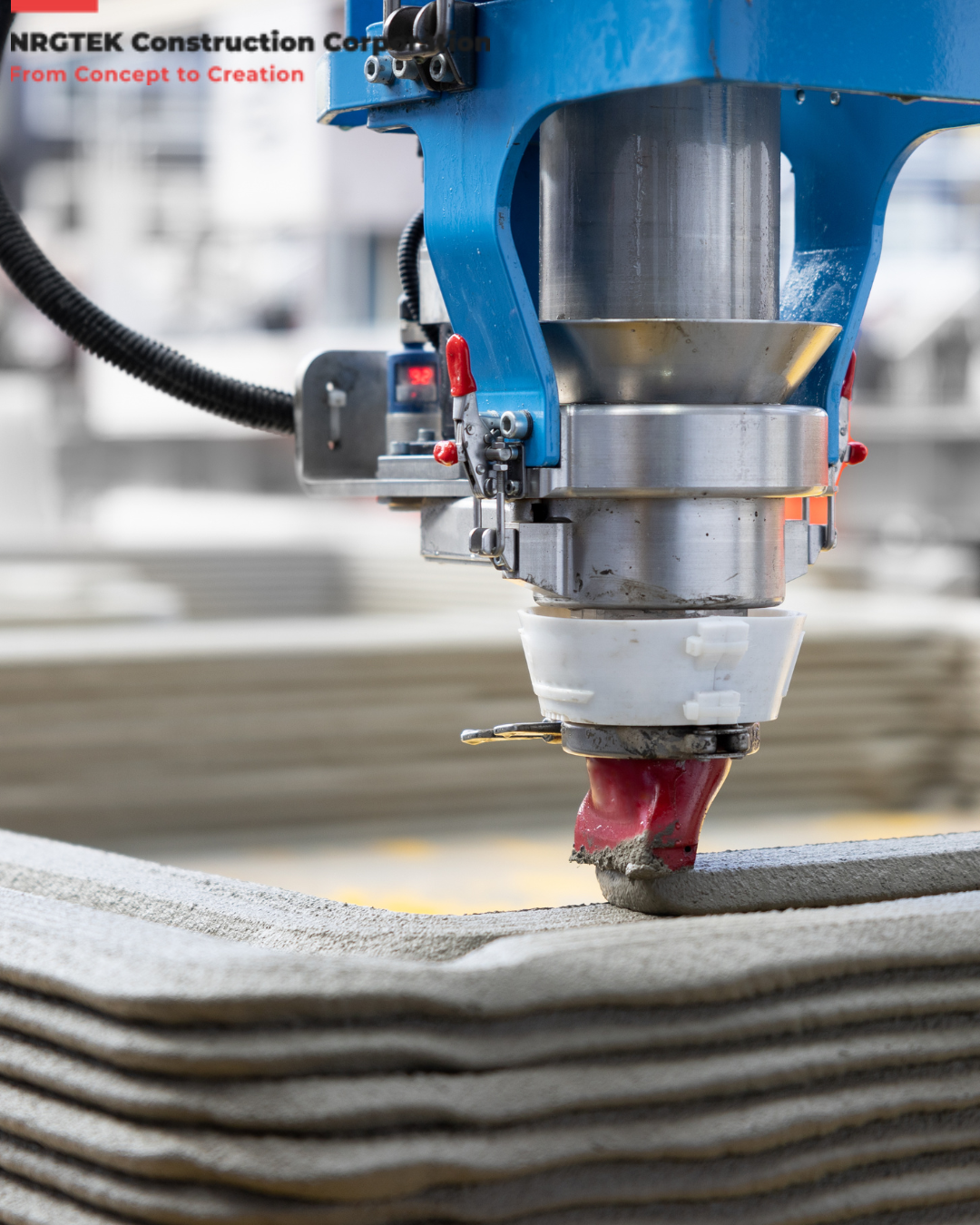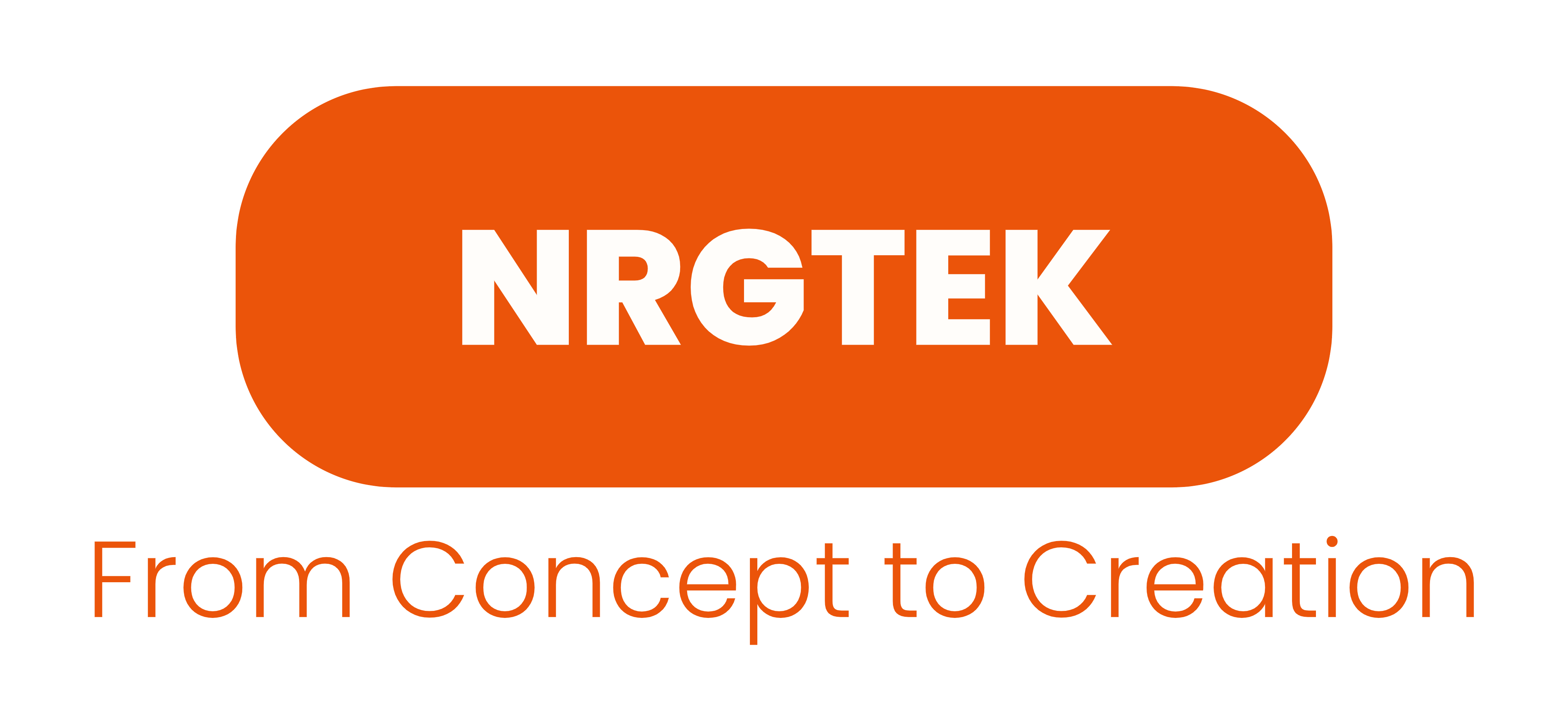
As technology continues to evolve, the construction industry is entering a new era — one where homes can be built faster, cheaper, and more sustainably. One of the most exciting developments in recent years is 3D printed housing. While still in its early stages in Canada, this innovative method is quickly gaining attention across British Columbia.
At NRGTEK Construction, we’re keeping a close eye on this trend and what it means for the future of building in our province.
🏗️ What Is a 3D Printed Home?
A 3D printed home is constructed using large-scale 3D printing machines that layer concrete or other building materials in precise patterns to form walls and structural elements. Instead of relying on traditional framing or masonry, 3D printing uses computer-guided robotic arms to create a building’s shell directly from a digital blueprint.
These printers can work faster, more accurately, and with less material waste than traditional construction methods.
🌱 Benefits of 3D Printed Homes
✅ Faster Build Times
A typical 3D printed home can be built in a matter of days or weeks — not months. This accelerated timeline could help address the growing demand for housing in BC.
✅ Lower Labour Costs
With automation doing most of the heavy lifting, fewer labour hours are needed on-site. This can help reduce construction costs and ease labour shortages — a common issue in the BC building industry.
✅ Sustainability
3D printed homes produce less material waste and can use eco-friendly, locally sourced materials. Some technologies even incorporate recycled materials into the printing process.
✅ Design Flexibility
Because printing is guided by software, builders have the freedom to create unique, curved, or custom architectural features without added cost or complexity.
🏘️ What This Means for BC
BC is currently facing a housing crisis, with demand outpacing supply in many regions. 3D printed housing has the potential to be a game-changer by providing affordable, sustainable, and quick-to-deploy housing solutions — particularly for:
- Remote and rural communities
- Emergency or temporary housing
- Affordable housing developments
- Low-rise single-family homes
As zoning regulations, building codes, and insurance models adapt to this new method, we expect to see pilot projects and early adopters pave the way for broader implementation across the province.
👷♂️ Challenges to Consider
Despite the promise of 3D printing, there are still hurdles to overcome before it’s widely adopted in BC:
- Regulatory Approvals: Local building codes need to catch up with the technology.
- Material Limitations: Most 3D printed homes use concrete, which may not be suitable for every climate or project type.
- Skilled Technicians: Operating 3D printing equipment requires a new skill set.
- Limited Suppliers: Currently, only a few companies offer this technology at scale in Canada.
At NRGTEK Construction, we believe these challenges are opportunities — and we’re actively exploring how this technology could be integrated into future projects.
🔍 What Should Homeowners and Developers Know?
If you’re a homeowner, developer, or investor in BC, now is the time to stay informed about 3D printed housing. It may not replace traditional construction overnight, but it could soon become a valuable option — especially for affordable housing and fast-paced developments.
🚀 Ready for the Future of Construction?
At NRGTEK Construction, we’re committed to innovation, efficiency, and sustainable building practices. Whether you’re interested in traditional builds or emerging technologies like 3D printing, we’re here to help you navigate the future of construction in BC.
📩 Contact us to learn more about how we’re building smarter — today and tomorrow.










